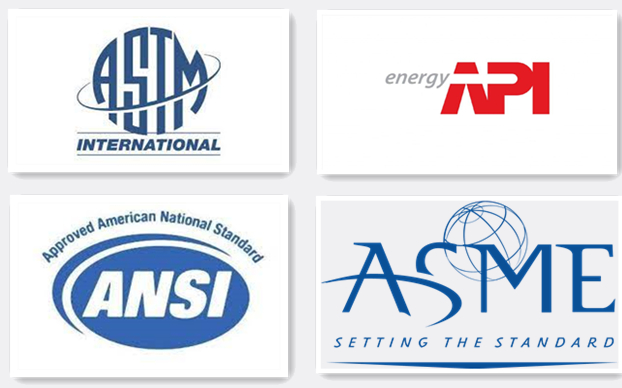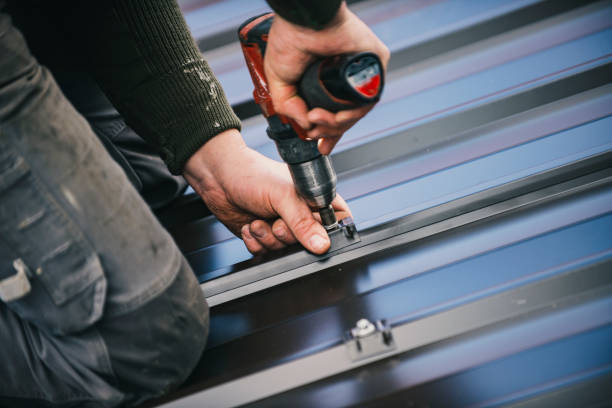ASTM API 5L: Specifications for Line Pipe Manufacturing and Usage
API 5L is a key specification developed by the American Petroleum Institute (API) for steel line pipes used in the transportation of oil, gas, and water. This specification covers both seamless and welded steel pipes and defines the material properties, dimensions, and testing procedures required to ensure safety and reliability. ASTM standards, often used in conjunction with API 5L, provide additional guidance on material composition and testing processes.
In this article, we will explore the ASTM API 5L specification, its various grades, applications, and how ASTM standards complement it in line pipe manufacturing.
What Is API 5L?
API 5L specifies the manufacture of steel line pipes for pipelines that transport hydrocarbons (oil and gas) and other fluids in both onshore and offshore environments. These pipes must meet stringent requirements for strength, toughness, and corrosion resistance to ensure durability and safety under high-pressure conditions.
Key Applications of API 5L Line Pipes
- Oil and gas pipeline systems
- Water transportation systems
- Structural applications in offshore platforms
- Gas distribution networks
Types and Grades of API 5L Line Pipe
API 5L classifies line pipes into two product levels: PSL 1 and PSL 2, with different performance and testing requirements.
1. Product Specification Level (PSL 1)
- Basic quality requirements
- Used in less critical environments
- Minimal testing requirements
- Common grades: Grade A, Grade B
2. Product Specification Level (PSL 2)
- Higher quality standards and stricter testing
- Suitable for critical applications with higher pressure and temperature
- Requires additional testing for toughness and chemical composition
- Common grades: X42, X52, X60, X65, X70, X80
Grade Explanation:
- The number (e.g., X42) indicates the minimum yield strength in ksi (42 ksi = 42,000 psi).
ASTM Standards and API 5L: How They Work Together
While API 5L focuses on the design and operational requirements, ASTM standards provide additional specifications for material composition, testing procedures, and mechanical properties. Some relevant ASTM standards include:
- ASTM A106: Specification for seamless carbon steel pipes for high-temperature service
- ASTM A53: Standard for welded and seamless steel pipe
- ASTM A370: Test methods for determining mechanical properties of steel products
Complementary Role of ASTM Standards
- Ensure consistent chemical composition of the steel used in API 5L pipes
- Provide mechanical testing guidelines, including tensile and impact tests
- Standardize procedures for nondestructive testing (NDT), such as ultrasonic and radiographic testing
Key Specifications of API 5L
1. Chemical Composition
The steel used in API 5L pipes must meet specific requirements for carbon, manganese, sulfur, and other alloying elements to ensure durability and toughness.
2. Mechanical Properties
API 5L sets minimum yield strength and tensile strength requirements for each grade to ensure that pipes can withstand operational stresses.
3. Testing and Inspection
API 5L mandates thorough testing for:
- Hydrostatic testing: Ensures the pipe can handle operating pressure
- Impact testing (for PSL 2): Verifies toughness at low temperatures
- Non-destructive testing: Detects internal or surface defects
Choosing the Right API 5L Line Pipe
Factors to Consider
- Grade and Specification Level (PSL 1 or PSL 2): Higher grades are better for high-pressure environments.
- Pipe Type (Seamless or Welded):
- Seamless pipes offer higher strength and reliability but are more expensive.
- Welded pipes are cost-effective and suitable for many standard applications.
- Application and Environment: Consider corrosive conditions, operating pressure, and temperature.
Benefits of Using API 5L Line Pipes
- High Strength and Durability: Suitable for extreme environments.
- Corrosion Resistance: Especially in PSL 2 pipes with enhanced chemical composition.
- Wide Range of Applications: From oil and gas pipelines to structural use.
- Compliance with International Standards: Ensures compatibility and safety in global projects.
Conclusion
API 5L is a vital specification for line pipe manufacturing, offering a robust framework for ensuring high-quality pipes in demanding environments. By incorporating ASTM standards, manufacturers can enhance the reliability and performance of these pipes, ensuring they meet global safety and performance requirements.
When choosing a line pipe for your project, consider the grade, specification level (PSL 1 or PSL 2), and type (seamless or welded) to ensure optimal performance and long-term reliability.






